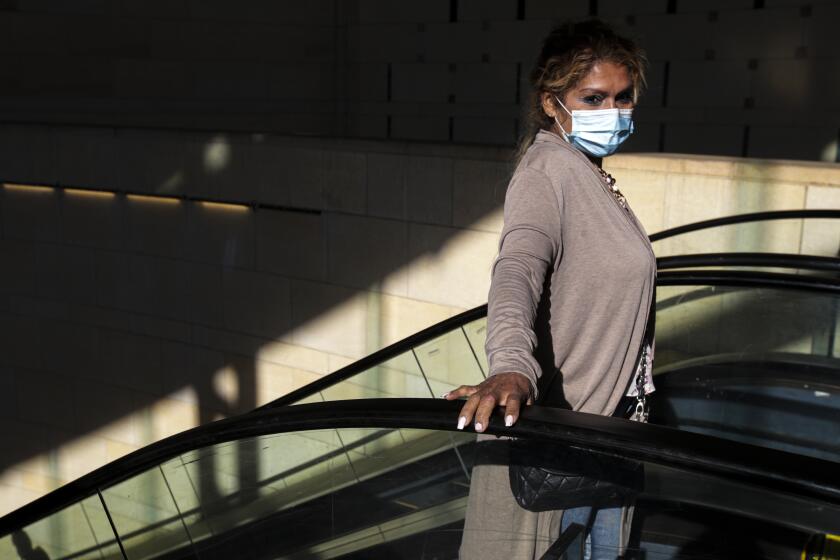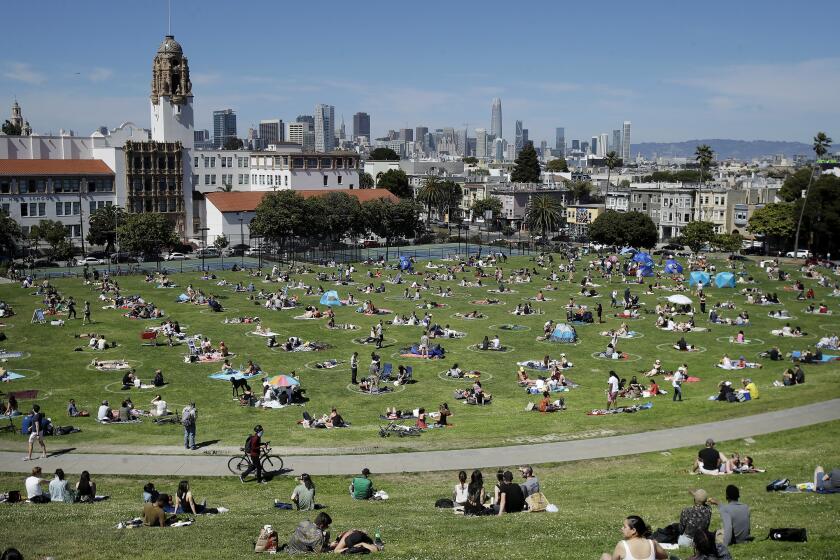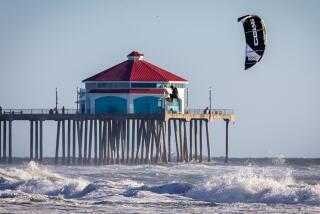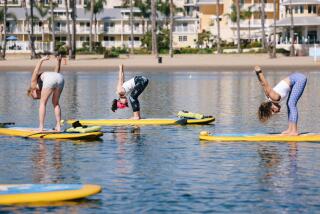Californians don’t love the cold. How to stay warm at outdoor gatherings
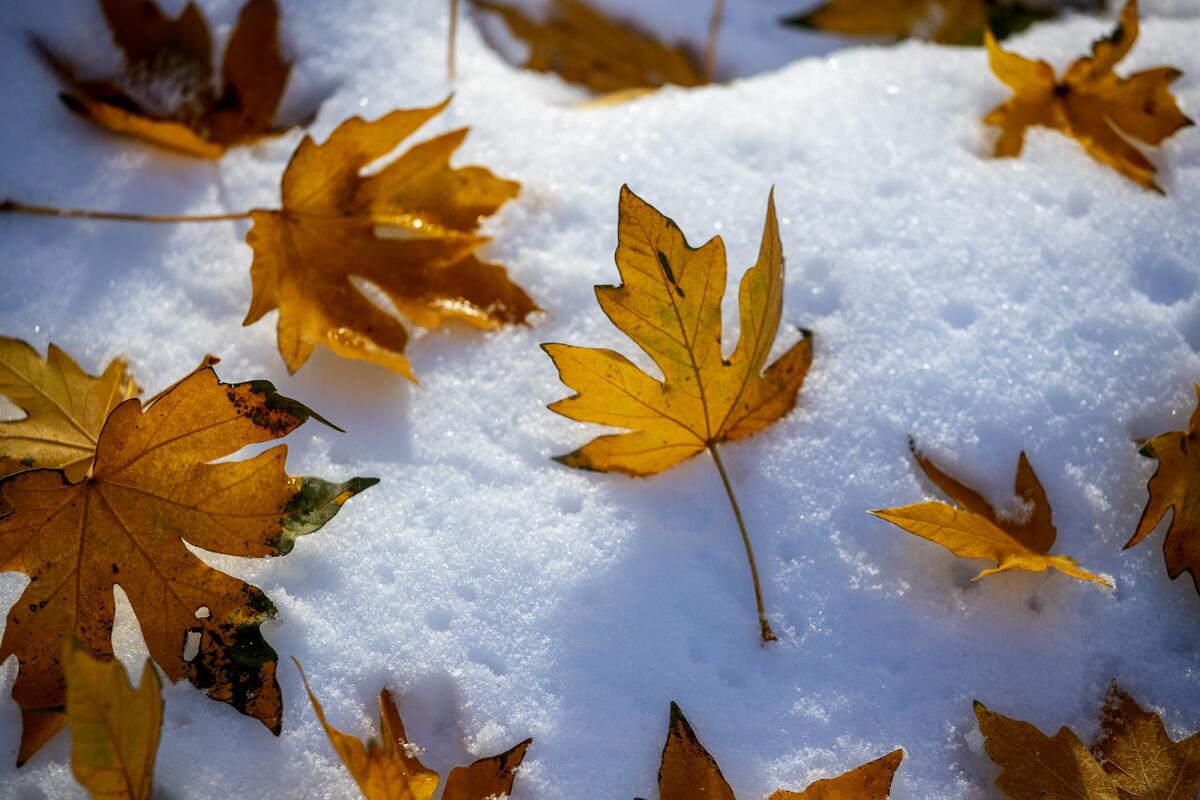
Like most Angelenos, my holidays will look different this year. With COVID-19 cases spiking, we’re having Thanksgiving in a tent and exchanging Hanukkah gifts through the mail. My son’s fifth birthday will be held on a video conference.
But I know many other families who are cautiously planning to gather outdoors. Such get-togethers still carry risk, experts warn. But outside is safer than indoors, and as a believer in harm reduction, I’m here to tell you: You’re going to get cold.
I know this because I spent close to a decade covering breaking news and crime in New York City, which involved hanging around outside in all weather, often for hours, with nothing but the clothes on my back to keep warm.
In those years, I staked out innumerable shootings and stabbings, deadly fires and dismemberments, police station perp walks, arraignments in night court, and a distressing number of emergency rooms. My last assignment before I moved to L.A. was the months-long trial of Mexican drug kingpin Joaquín “El Chapo” Guzmán — work that required dozens of us to line up outside Brooklyn federal court every day, sometimes before dawn, occasionally in the snow.
Early on, I learned the weather feels different when you’re doing something active than when you’re standing still. That’s why no one who can avoid it hangs outside doing nothing in the winter. Add in a big meal, and suddenly 55 degrees feels like 40, and 45 feels like Season 6 of “Alone.”
So how do you stay cozy when cuddling isn’t an option and the sun sets at 4:45 p.m.?
Contrary to popular wisdom, layers aren’t going to help you much. Neither is a bulky ski coat. Instead, I suggest you focus on three key areas: your ears, your feet and your tush.
As cases surge in California, officials are sounding the alarm about travel and gatherings for the upcoming holiday.
Protect your ears
Scientists say you lose up to 10% of your body heat through your head, but the place you’ll feel that first is in your ears — and trust me, once your ears get cold, your hangout is pretty much over.
Earmuffs alone can keep you comfortable but they make conversation hard, especially with everyone wearing masks. A knit hat works better — a standard Army-Navy surplus watch cap has saved me many times — though a headband or scarf will do the trick if the weather is mild and you’re trying to save a cute hairstyle. A hood can insulate your hat or keep it dry, but that’s all.
Beware, your accessories can undermine you. Hoops, chandelier earrings, even metal posts will conduct the cold into your ear canal, where that agonizing pain comes from. I learned this lesson on New Year’s Eve 2013, when we decided to walk 2½ miles to a party in 20-degree weather, and my statement earrings convinced me I was about to freeze to death in the middle of Eastern Parkway despite wearing an ankle-length coat.
Can you have Thanksgiving during the COVID-19 pandemic? Researchers have created an interactive map that estimates the risk you’ll face in any county.
Treat your feet with extra care
Feet are an obvious pain point — even normal holiday shoes can make them hurt — but outside, doing nothing, they can get surprisingly uncomfortable. To start with, your feet are far from your core, where your body concentrates heat when it’s cold. Your circulation also tends to get worse when you sit for a long time — though if you’re standing, cold will seep up from the ground into your shoes. And a lap blanket or heat lamp is unlikely to make much difference. You could be toasty warm in the middle and miserable down below.
But keeping your feet warm enough is trickier than it sounds. Tights alone will keep your legs warm but leave your feet cold. Tights plus socks can make your feet sweat, which will make your feet cold. And double socks can further pinch your circulation, which — surprise — will make your feet cold.
So unless you’re absolutely dying to break out your Uggs, wool socks are the answer. They’re warm, they won’t make you sweat, and they complement everything from Birkenstocks to Chelsea boots to Air Force 1s. If you run cold like me, tuck a couple of hand warmers into your shoes at the two-hour mark.
A new app, MyCOVIDRisk, aims to help people gauge and reduce the level of coronavirus transmission risk in their activities.
Cushion your tush
Again, if you’ve never had occasion to sit on a sidewalk for more than an hour — and I sincerely hope you have not — it might surprise you to learn how much heat leaves your body through your butt.
Fat is nature’s insulation, so it stands to reason that tushies would stay warm on their own. But your sit parts have a higher ratio of surface-to-mass than your torso does, and if you’re like most people, you’re more likely to layer on top. Park it on a metal or plastic chair — or a damp outdoor cushion, heaven forbid — and you’ll get a chill fast.
The solution here is to bring something to sit on — any beach towel or blanket will do. Fold a couple of hand warmers in there and you’re gold.
The cold wears you out
No matter how you dress, or what you do, your body will be expending extra energy to stay warm. And that’s a good thing. Because no matter how many precautions you take with your holiday hangouts, you’ll be safer if you keep it short.
How to travel this holiday season by plane, train and car, and how to safely stay in a hotel or a rental. If you’re staying local, we have ideas for how to spend the time.
More to Read
Sign up for our L.A. Times Plants newsletter
At the start of each month, get a roundup of upcoming plant-related activities and events in Southern California, along with links to tips and articles you may have missed.
You may occasionally receive promotional content from the Los Angeles Times.

